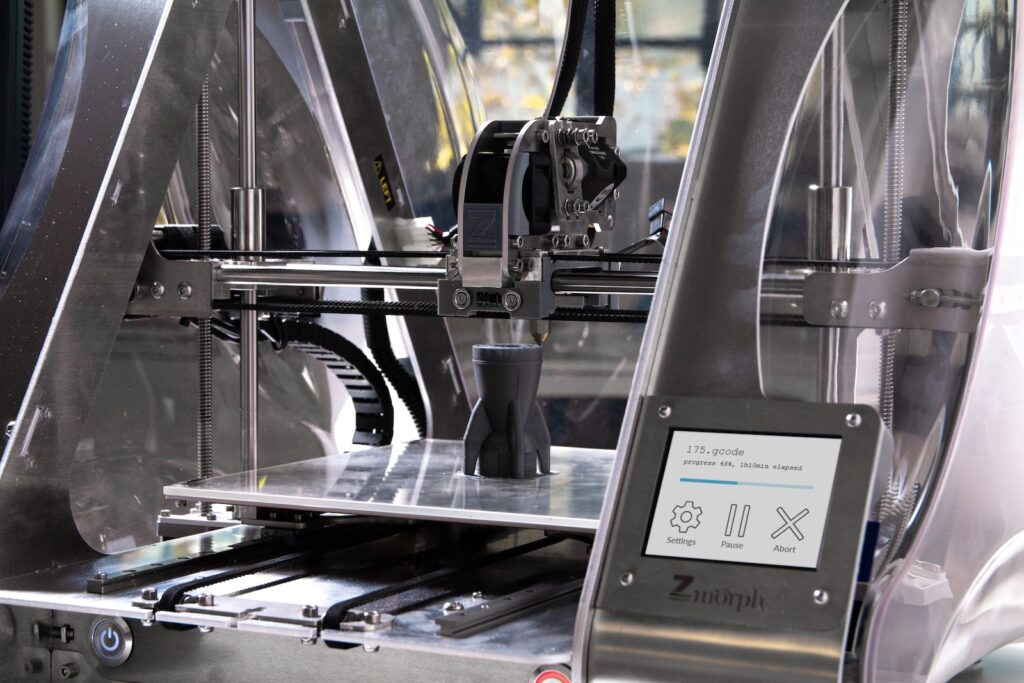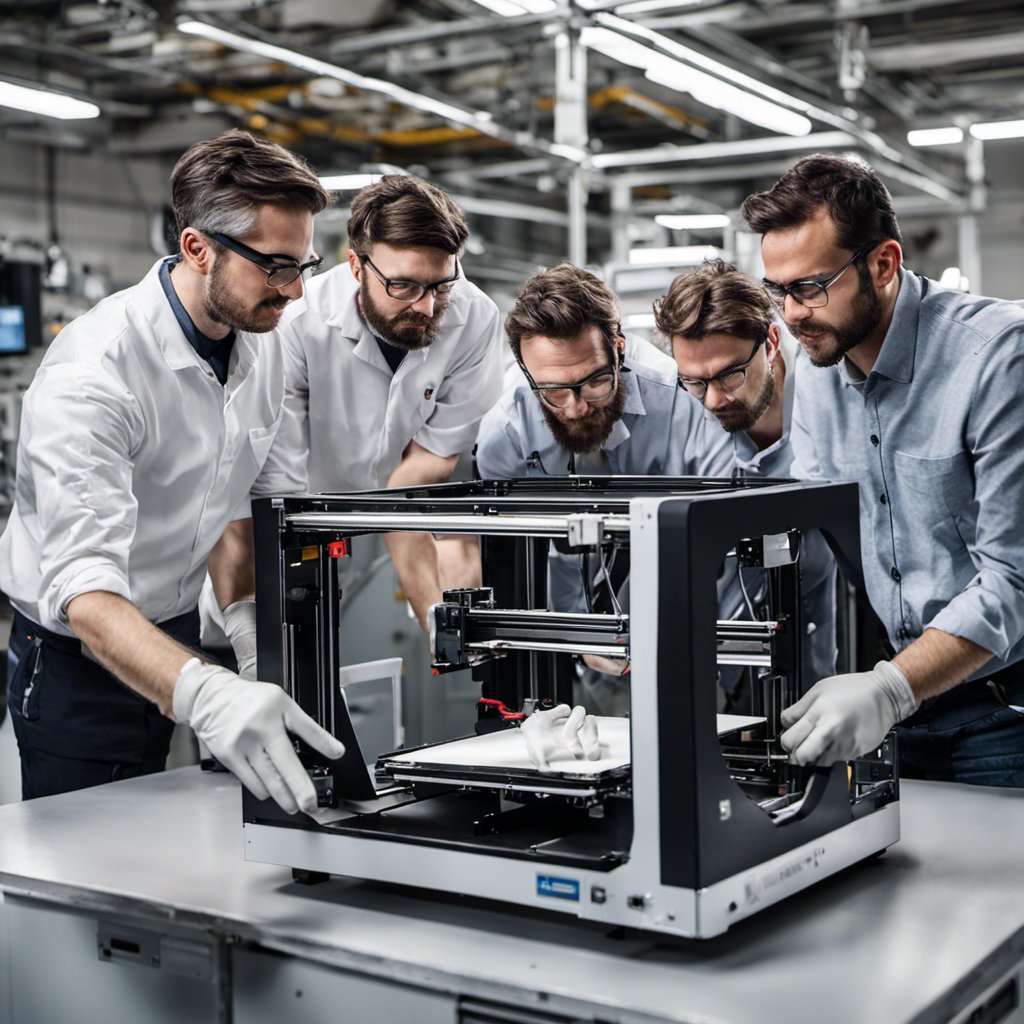The world of manufacturing and prototyping has undergone a significant transformation in recent years, thanks to the advent of 3D printing technology. This article explores the transformative impact of 3D printing on these industries and how it has revolutionized the way products are designed, produced, and tested.
The Evolution of Manufacturing and Prototyping
Traditional manufacturing and prototyping methods were often time-consuming and costly. Manufacturers relied on subtractive processes, where material was removed from a solid block, leading to significant waste. Prototyping involved lengthy lead times and was often restricted to simple designs. These limitations spurred the need for a more efficient and flexible approach.
3D Printing Technology: How it Works
At the heart of 3D printing lies a simple yet revolutionary concept: the layer-by-layer additive manufacturing process. Unlike traditional methods that subtract material from a larger block, 3D printing adds material layer by layer to create a three-dimensional object. Various technologies exist, such as Fused Deposition Modeling (FDM) and Stereolithography (SLA), each with its unique advantages and applications.

Advantages of 3D Printing in Manufacturing
One of the most significant advantages of 3D printing in manufacturing is rapid prototyping and design iteration. Manufacturers can quickly create physical prototypes and make iterative changes, reducing development cycles significantly. Moreover, 3D printing is cost-effective and generates minimal waste, aligning with sustainability goals. It allows for the production of complex geometries and customization, enabling manufacturers to meet individual customer needs. Additionally, it optimizes supply chains by reducing the need for large inventories through on-demand production.
Impact on Prototyping
3D printing has transformed prototyping by accelerating product development cycles. Designers and engineers can create prototypes in a matter of hours or days, as opposed to weeks or months with traditional methods. This speed has enhanced collaboration and communication among teams and stakeholders, allowing for quick feedback and adjustments. Furthermore, 3D printing enables real-world testing and validation, leading to improved product performance and reliability.
Case Studies: Real-World Applications
The automotive industry has embraced 3D printing for rapid prototyping of vehicle components and tools, reducing lead times and costs. Aerospace and defense sectors have adopted 3D printing for lightweight and complex parts, improving fuel efficiency and performance. In healthcare, 3D printing has enabled the creation of patient-specific implants and prosthetics, revolutionizing medical care. Even consumer goods companies are leveraging 3D printing to offer customizable products to their customers.
Challenges and Limitations
While 3D printing offers numerous advantages, it also comes with challenges. Material limitations still exist, with some industries requiring materials with specific properties not yet achievable with 3D printing. Quality control and post-processing requirements are essential to ensure the final product meets the desired standards. Intellectual property concerns, such as the unauthorized printing of patented products, remain a significant challenge.
Future Trends in 3D Printing
The future of 3D printing looks promising, with ongoing advancements in materials and technologies. Integration with Industry 4.0 and the Internet of Things (IoT) will further enhance the automation and customization capabilities of 3D printing. Sustainability will play a crucial role as eco-friendly materials and practices become increasingly important in manufacturing.
Conclusion
In conclusion, 3D printing has revolutionized manufacturing and prototyping by offering rapid, cost-effective, and customizable solutions. Its impact spans across various industries, from automotive to healthcare, and its potential continues to grow. As technology advances and materials improve, 3D printing will undoubtedly shape the future of manufacturing and prototyping, driving innovation and efficiency in the process.

